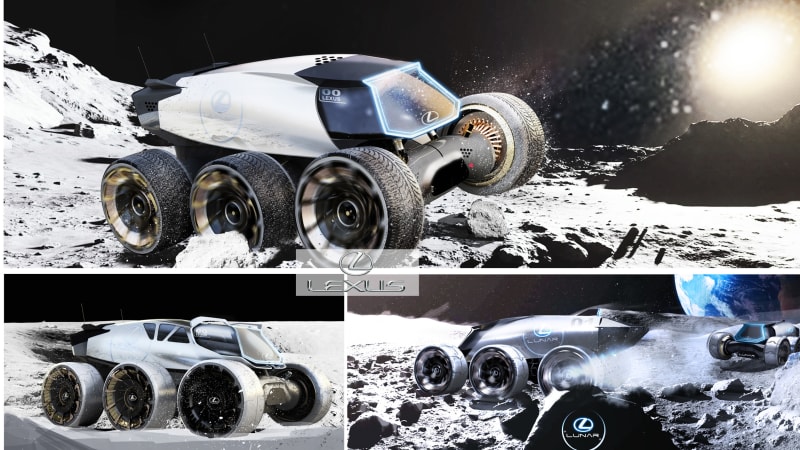NASA wants automakers to help it develop its next lunar rover
https://ift.tt/2SwSzBD

NASA has launched a lunar exploration program called Artemis whose goal is to send humans to the Moon in the name of scientific research. The agency is asking American companies (including automakers and tech firms) to help it design the vehicle that will allow astronauts to safely and reliably explore the lunar terrain as early as 2024.
“We are turning to industry to offer us exciting approaches to leverage existing systems here on Earth, including law enforcement, military, or recreational vehicles, that could be modified for use in space to enhance our mobility architecture,” explained Steve Clarke, NASA’s deputy associate administrator for exploration, in a statement.
The guidelines are broad and relatively straight-forward: the next lunar rover needs to be human-rated and unpressurized, meaning an open-top vehicle. Beyond that, it must be electric (you didn’t think it’d receive a Volkswagen Beetle-sourced flat-four, did you?), capable of effortlessly driving over extremely challenging terrain, and, of course, reliable — astronauts won’t be able to call AAA for 24-hour roadside assistance.
There’s not a single car sold new in 2020 that meets those guidelines, and odds are the next lunar rover won’t look like a something you can buy from a dealership. While no one has publicly responded to NASA’s request yet, we imagine there will be no shortage of proposals from automakers old and new. Lexus already published sketches (pictured) showing how it envisions lunar transportation in the 21st century, but the agency pointed out it’s specifically interested in getting feedback from American companies, so the next rover won’t have a Mercedes-Benz three-pointed star on the hood, or ride on a frame borrowed from a vintage Toyota Land Cruiser.
The design that makes the cut might ultimately travel much further in the galaxy. The first astronauts could land on the Moon as early as 2024, and they’ll test technologies in preparation for a Mars landing in the 2030s.
NASA hopes lessons learned from the lunar rover program will trickle down into cars designed for our home planet. “We want our rovers on the Moon to draw on, and spur, innovations in electric vehicle energy storage and management, autonomous driving, and extreme environment resistance,” Clark said.
And that’s not a farfetched goal, as GM has said that lessons learned from development of the first lunar rover in the 1970s were later applied to its work on the Chevy Volt.
Related Video:
Auto Blog
via Autoblog https://ift.tt/1afPJWx
February 10, 2020 at 12:25PM
